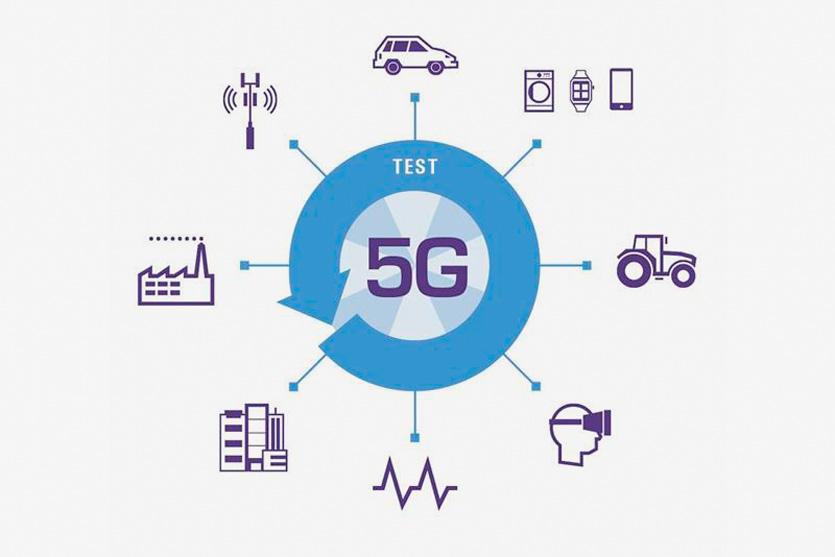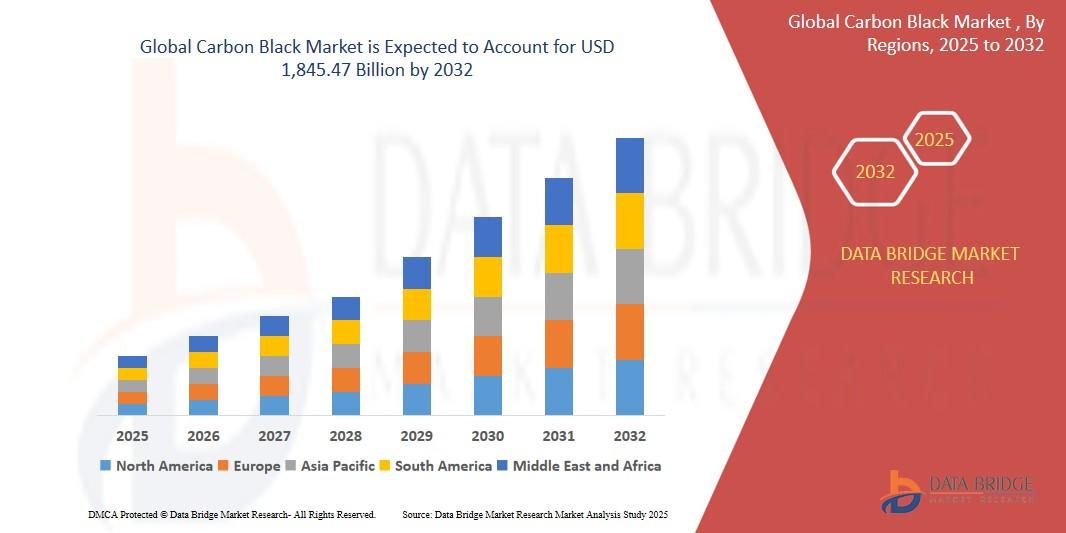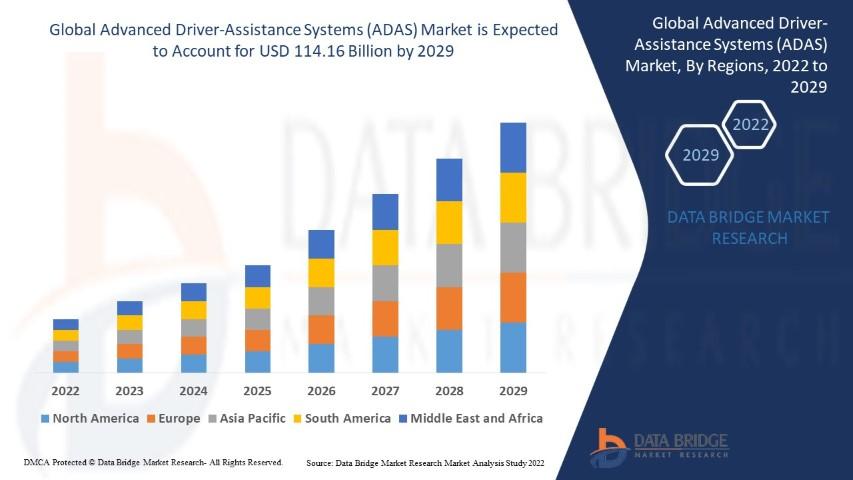The Next Generation of Connectivity: More Than Just Speed

The fifth generation of wireless technology, or 5G, represents a monumental leap forward in global connectivity, promising to redefine how we interact with the digital world. The commercial rollout of 5G service is not merely an incremental upgrade from 4G LTE; it is a transformative platform designed to support a new wave of innovation. Its capabilities are built on three core pillars: enhanced Mobile Broadband (eMBB), which delivers multi-gigabit speeds and greater capacity for seamless streaming and downloads; Ultra-Reliable Low-Latency Communications (URLLC), which provides near-instantaneous network response times crucial for applications like autonomous vehicles and remote surgery; and massive Machine-Type Communications (mMTC), which enables the connection of billions of low-power devices, from smart sensors to wearables, forming the backbone of the Internet of Things (IoT). The 5G service market industry is projected to grow to USD 248.1 billion by 2032, exhibiting a CAGR of 25.33% during the forecast period (2024 - 2032).
Unlike its predecessors, 5G is architected with a specific focus on enterprise and industrial applications, moving beyond just connecting people to connecting everything. The technology's use of higher frequency spectrum bands, advanced antenna technologies (like Massive MIMO), and network virtualization allows for unprecedented flexibility and performance. This enables the creation of dedicated "network slices"—isolated, virtual networks customized for specific use cases. For example, a manufacturer could have a highly reliable, low-latency slice for their factory robots, while a broadcaster could have a high-bandwidth slice for live 4K video feeds from a stadium. This ability to tailor the network to the precise needs of an application is a key differentiator that unlocks a vast array of new business models and services.
For consumers, the most immediate impact of 5G is a dramatically enhanced mobile experience. This translates to near-instant downloads of large files, buffer-free streaming of 8K video, and a more responsive and immersive experience for cloud gaming and augmented reality (AR) applications. Another significant consumer-facing service is Fixed Wireless Access (FWA), where 5G is used to deliver high-speed broadband internet to homes and businesses, providing a viable and competitive alternative to traditional cable or fiber connections. This is particularly impactful in rural or underserved areas where laying physical cables is prohibitively expensive, helping to bridge the digital divide and provide more choice in the broadband market.
Ultimately, 5G is much more than a faster smartphone connection; it is a foundational technology platform that will enable the next wave of industrial and societal transformation. Its unique combination of speed, low latency, and massive capacity will power the smart cities, connected vehicles, and automated factories of the future. From revolutionizing healthcare with remote diagnostics to transforming agriculture with precision farming, the potential applications are nearly limitless. As the global rollout continues and the ecosystem of compatible devices and applications matures, the true impact of this next-generation network will be realized, fundamentally reshaping industries and creating new possibilities for innovation and economic growth across the globe.
Explore Our Latest Trending Reports:
Exploration Production Software Market








